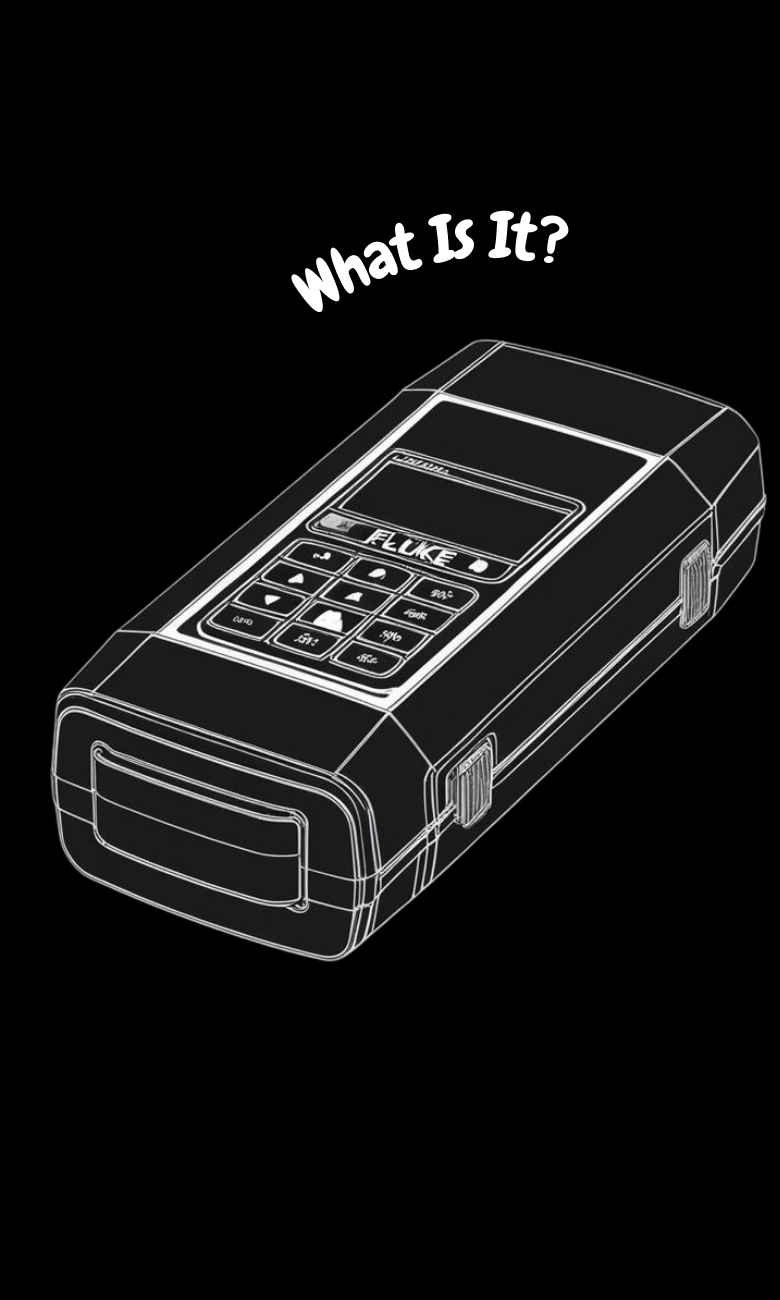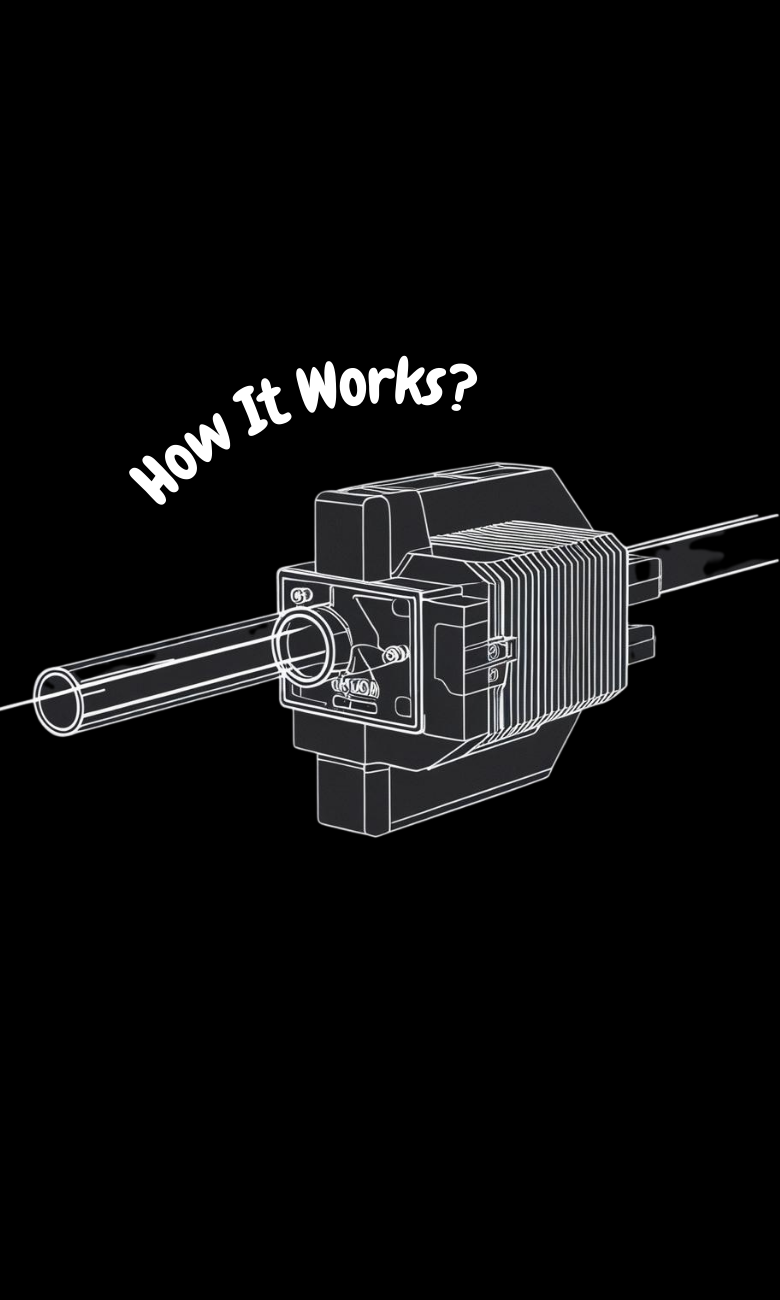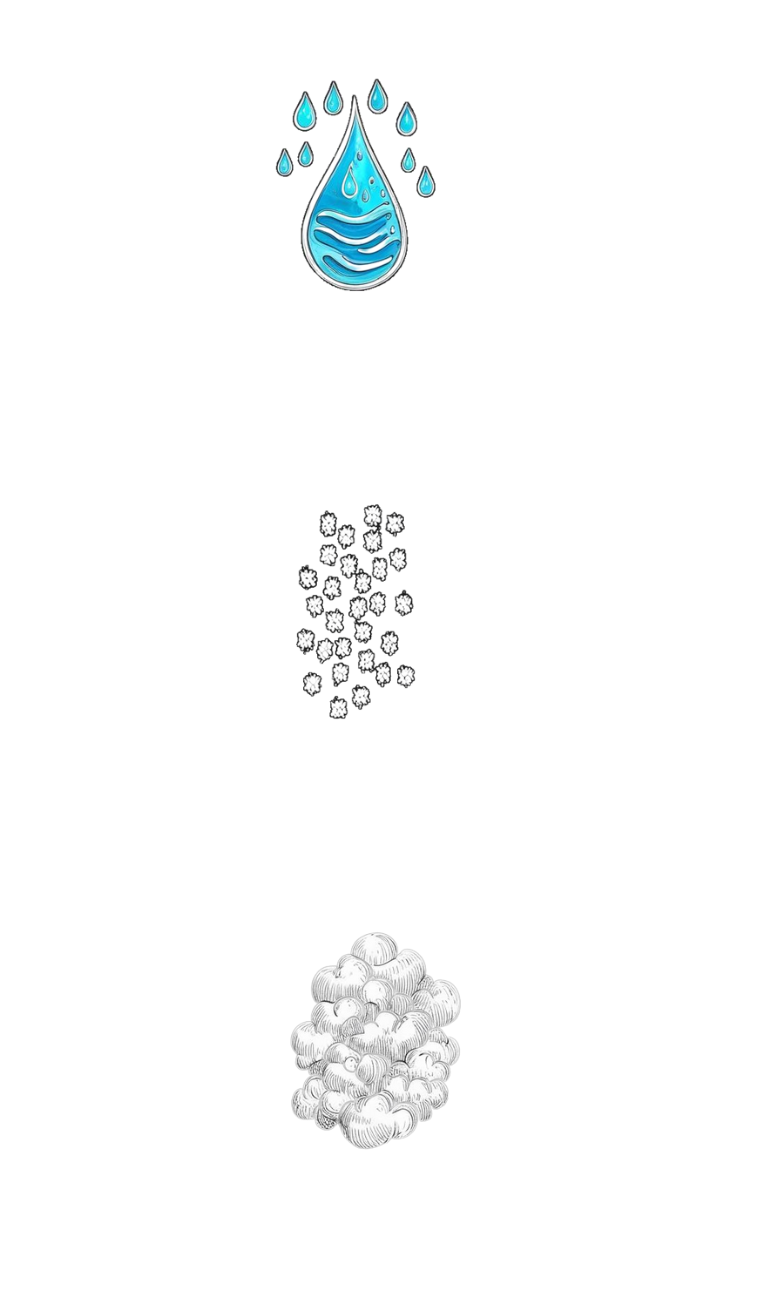PARTICLE COUNTER
Detects Particles 2,000 Times Smaller Than a Human Hair
Imagine standing on a street in Jakarta. The air feels thick, a mix of vehicle fumes, dust, and heat pressing down. Now picture walking through Zurich, where the air is crisp and fresh, carrying the scent of alpine trees. The difference isn’t just how it feels — it’s what’s floating in the air.
You can’t see the millions of particles swirling around, but a particle counter can. In Jakarta, it would measure tiny specks of pollution, exhaust, and construction dust, while in Zurich, it might find only a fraction of that. These invisible particles make all the difference in the air we breathe.
Whether in a smoky city or a serene mountain town, particle counters are there to measure the air’s quality. They ensure hospitals, schools, and offices have air that’s closer to Zurich than Jakarta — even when life outside is more chaotic. They’re the quiet monitors of the air we trust, wherever we are.
A particle counter is a tool that measures tiny particles in the air, liquids, or on surfaces. It’s often used in cleanrooms and industries like medicine, electronic, and even in industrial environments like mining and manufacturing to check for cleanliness and quality. By using light and sensors, it helps detect and count particles to keep environments clean and safe.


A particle counter works by using a pump to pull air or liquid into the device. As the sample flows through, it passes a laser beam, where particles scatter the light. The larger the particle, the more light it scatters. A sensor (photodetector) captures this scattered light and converts it into a signal to measure the size and number of particles. This process helps count and analyze particles with high accuracy.
Further explanation of how particle counter works is in this video:

There are three types of particle counters. Liquid particle counters measure particle contamination in liquids like water or hydraulic fluids. Solid particle counters detect dry particles like dust in industrial settings. Aerosol particle counters check air quality in cleanrooms. Each type ensures cleanliness and quality in different environments.

The application of particle counter is shown in this video:
